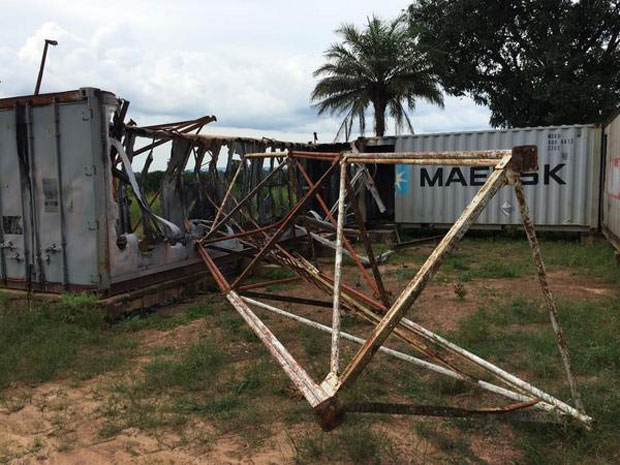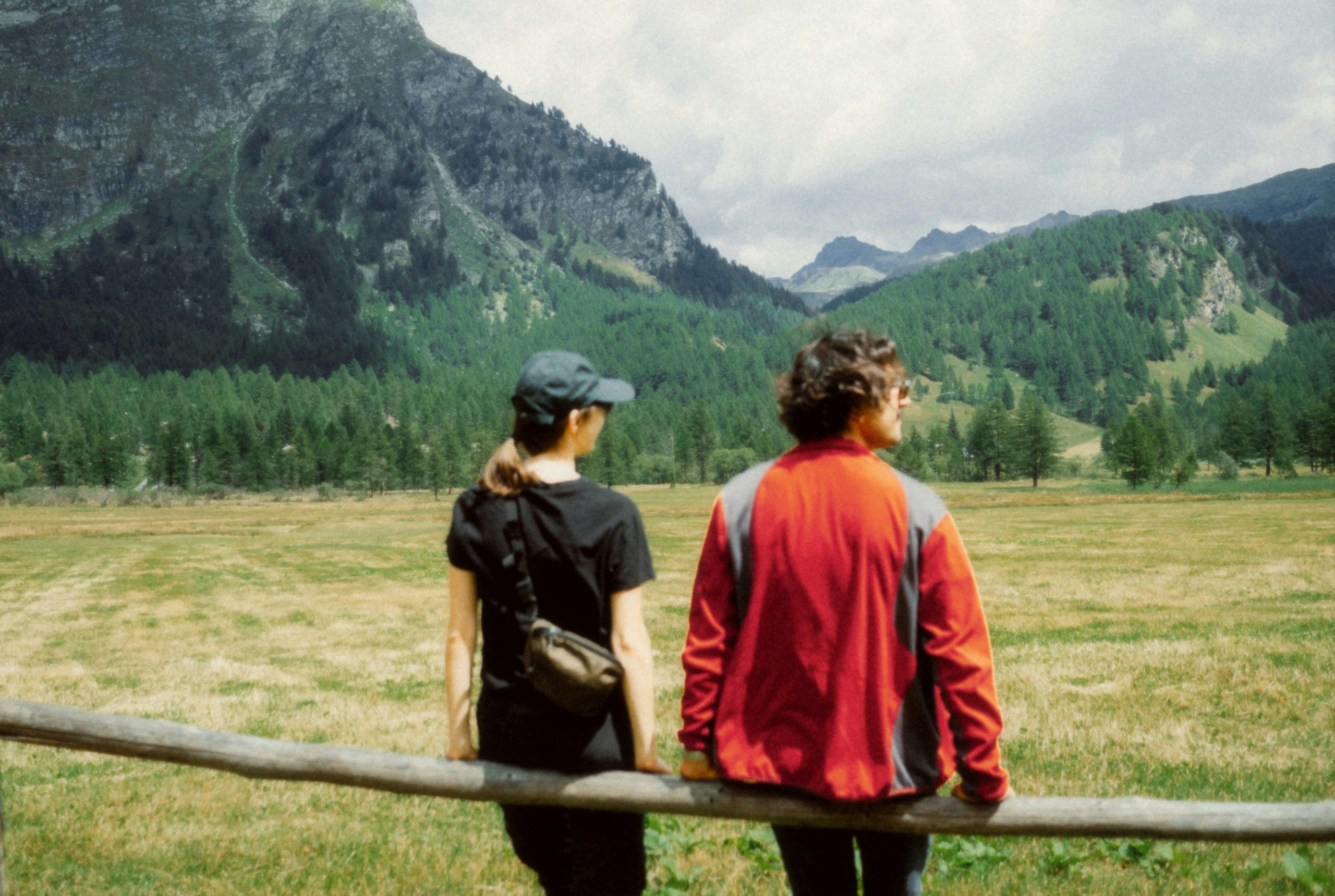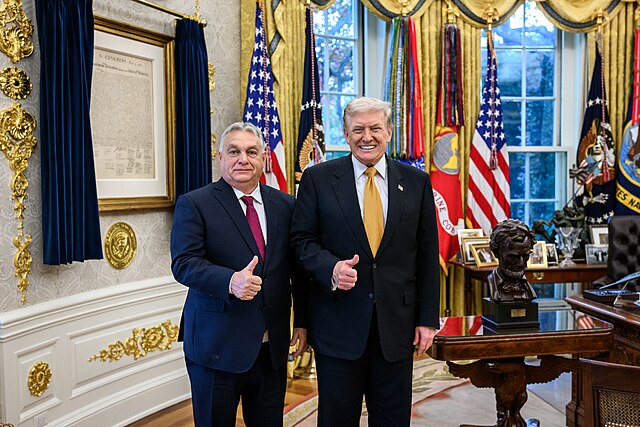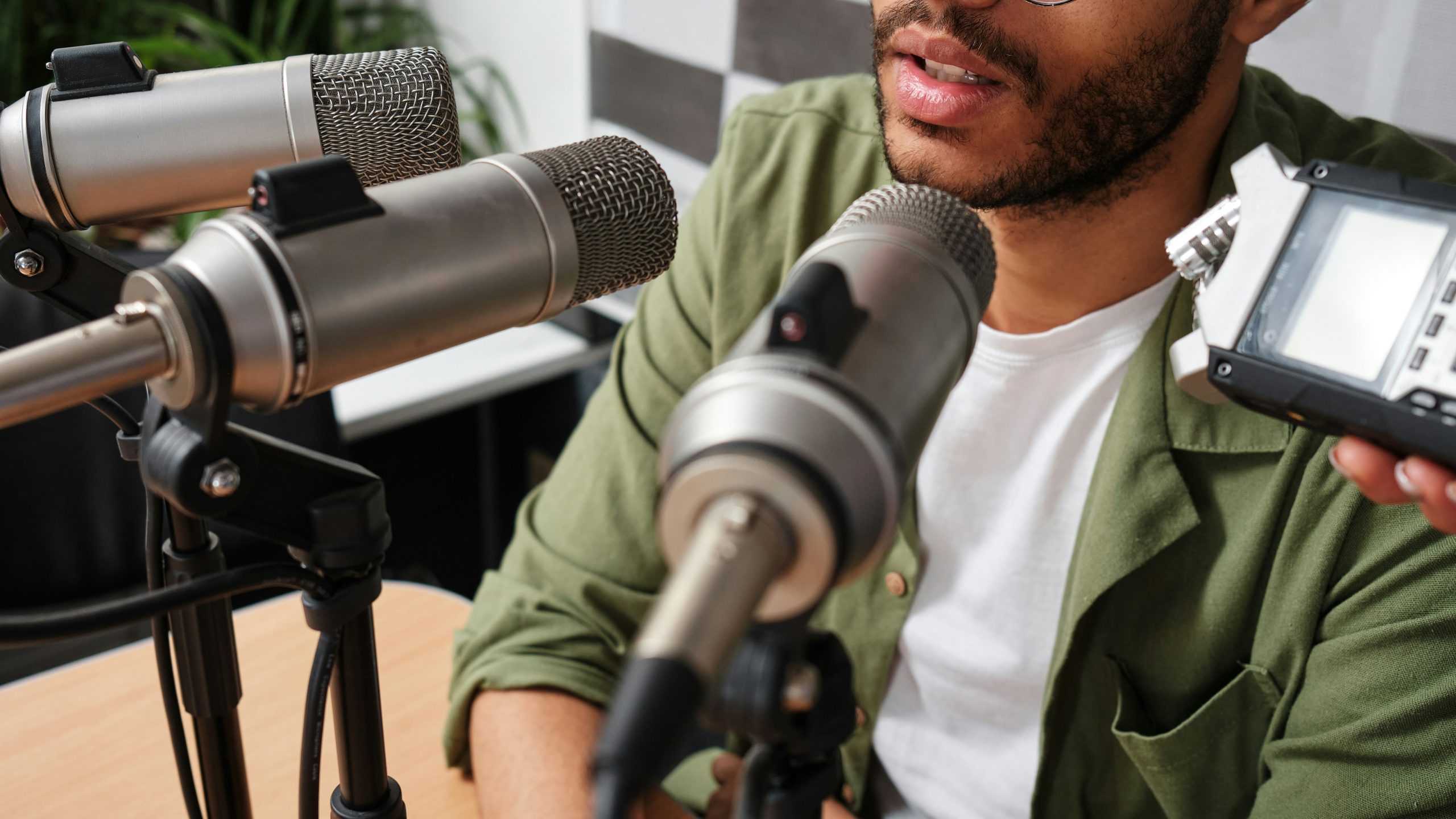
Bambari’s last functioning radio station was looted on 7 July. (Photo: Jonathan Pedneault / Internews)
The arrival of MINUSCA, a United Nations’ peacekeeping force, on 15 September briefly pushed the continuing crisis in Central African Republic to break back into international headlines. This conflict, which has claimed thousands of lives since the Séléka coup in March 2013, is repeatedly referred to as a “forgotten crisis”, “neglected tragedy” and “the worst crisis you’ve never heard of”.
In fact, with almost half the population of 4.6 million in need of emergency aid, the country is caught up in the worst humanitarian and political crisis of its history. In the short months since the Blue Helmets arrived in Bangui, violent clashes have killed at least 12, wounded many more and further complicated already strained relief operations. Since almost all aid passes through the capital, violence there cuts off assistance for the rest of the country. Crime is rampant, with freedom of movement severely restricted by both security concerns and checkpoint bribes.
As the fighting flared up once again, Mahruhk Hasan, head of monitoring and evaluation for Internews, pointed out on Twitter in October that a quick Google search provided only seven stories in the international, English-speaking media.
While frustration over the lack of international media attention is legitimate and necessary, it is crucial to consider what is happening to the media at a local level. Disturbingly, the scant information readers in the West receive may often be more than the residents get in the country itself. Condemning the lack of global media coverage overlooks the crisis enveloping the Central African Republic’s media. The bloodshed has led to an information blackout, with local radio stations and newspapers often being casualties of the conflict.
In a country twice the size of the UK, with only a few hundred kilometres of tarmac, poor mobile connectivity and a largely rural population heavily reliant on radio, the national broadcaster has stopped airing with no sign of return. Many other radio stations have been looted, with most going mute at least 18 months ago. As of late July 2014, there were 15 operational radio stations across the country – but 14 further stations have fallen silent, including the single station in northern Vakaga province, which is the area with the highest number of internally displaced people. A recent report by International Media Support found “Central Africans are living in complete darkness as they have no access to information.”
This “darkness” serves to exacerbate a dangerous culture of rumours, with serious implications for further loss of life. MINUSCA’s deployment is phased, and will not reach peak until January 2015. In an already dicey security context, where the protection of NGO staff and aid workers is severely compromised, it is proving logistically impossible to provide journalists with protection.
The journalistic profession has never been particularly stable in CAR, affected by poor and inconsistently paid salaries, as well as corruption and lack of resources. Since the conflict began, pressure and violence have had serious effects on self-censorship.
Reporters Without Borders recently provided a summary of the persecution of journalists during the three months ending 31 May 2014, including the case of Elisabeth Blanche Olofio, a radio journalist killed in connection with her work after being accused of having “a sharp tongue”.
Two other journalists, Désiré Luc Sayenga and René Padou, died of the injuries they received in a brutal attack in unclear circumstances. There have also been numerous incidents of harassment and telephone threats, as well as journalists being summoned by judicial authorities before fleeing the country. CAR had the biggest fall of any country in the 2014 Reporters Without Borders Press Freedom Index, dropping 43 places to 109 out of 180 countries.
In conflict situations, discussion of censorship often centres on whether such measures are justified in keeping citizens safe, and whether or not “national security” is simply a convenient excuse for governments to silence their critics. But in the case of Central African Republic, the state is still far too weak to exert any kind of strong censorship.
Instead, reporting remains limited and compromised due to fear. This level of suffering, in a crisis so determined by deep-set prejudices, has a clear effect on the professionalism and impartiality of journalists. As Jonathan Pedneault, Conflict-Sensitive Journalism Trainer with Internews in CAR, highlights: “Discourses are so polarised in CAR, and the problem is that everyone thinks they have the true story.”
This isn’t to suggest that journalists in Bangui aren’t subject to top-down censorship. Pedneault references a case in late October where journalists were threatened with a 25,000,000 CFA franc (£30491.25) fine when they remained silent after being summoned by the High Council for Transitional Communications. In their own words, the council were questioning the journalists’ credibility and editorial line in a crisis situation when they ought “to censor some things”.
Internews have been working in Central African Republic since 2010, supporting local media and providing in-situ training and mentoring to journalists, with a special focus on conflict-sensitive reporting. They are only too aware of the extreme psychological impact of the recent conflict on journalists, understanding that they are subject to the fear and trauma affecting the entirety of the population. Many journalists express “concerns over personal safety after they report”, particularly outside Bangui, Pedneault said
Internews is working closely with the local Association of Journalists for Human Rights (RJDH), giving reporters the space to discuss and better understand the root causes of the conflict, as well as recognising their own personal biases. Pedneault underlines that the conflict has meant “the judicial system has been destroyed”, which fosters a sense of insecurity, particularly in a country with an armed population able to “take bold action”.
Pedneault explained that the weak state means self-censorship is an issue tied mostly to the personality of the journalists and their own fears: “I’d not consider it political censorship, but attuned to each journalist.” These fears, tragically, are not unfounded.
On 8 October, the pregnant aunt of one of the RJDH journalists was abducted; the following day the journalist received an anonymous call informing her that her aunt’s disembowelled body could be found in the PK5 district. It is hard to say whether this tragedy is directly linked to her work as a journalist, or whether it is simply a terrible facet of the violence engulfing everyone in Central African Republic.
In Bambari, a flashpoint for the conflict where 71 per cent of the population is displaced, the two remaining radio stations were looted in early July and journalists have not returned to work, fearing for their lives. This took place amid accusations that the broadcasts were biased and encouraging violence.
To better understand the media landscape in CAR, as well as the prevalence of hate speech, Internews has been conducting media monitoring, and in Bambari have begun creating an interfaith radio station in an attempt to foster community cohesion alongside improved communication. As well as working closely with RJDH in Bangui, supporting them to produce a daily radio show in French and Sango and between 5-10 articles per day, Internews is supporting the return of local media in more remote areas.
Pedneault works as a roving trainer, travelling to rural areas and working embedded in the newsroom, supporting the journalists in their own environment. Internews is fostering a network of voluntary community and professional correspondents and developing a cadre of writers and broadcasters who can be an engine for change.
Hasan underlines that Internews and RJDH have been open to the use of pseudonyms when broadcasting, offering a greater sense of security and encouraging individuals to speak out. The coverage maps produced by Internews are also allowing humanitarian actors to link with local media and facilitate the dissemination of lifesaving information.
Jacobo Quintanilla, Director of Humanitarian Communications Programmes, said that with shortwave radio, you compromise on sound quality but maximise outreach: “You can reach refugees living in camps in Chad.” Hasan highlighted Internews’ plans to distribute wind-up radios for use by internally displaced populations, further extending the spread of information.
“Some of these radio stations are literally lifelines,” Quintanilla said.
In Central African Republic, information is aid – and this is true not only in terms of facilitating immediate humanitarian relief, but also for longer term peace-building. When confronting the huge task of restoring mutual respect in a country torn apart by inter-community violence, journalists who are unafraid, uncensored and impartial can provide a platform for reconciliation.
This article was posted on 19 November 2014 at indexoncensorship.org




